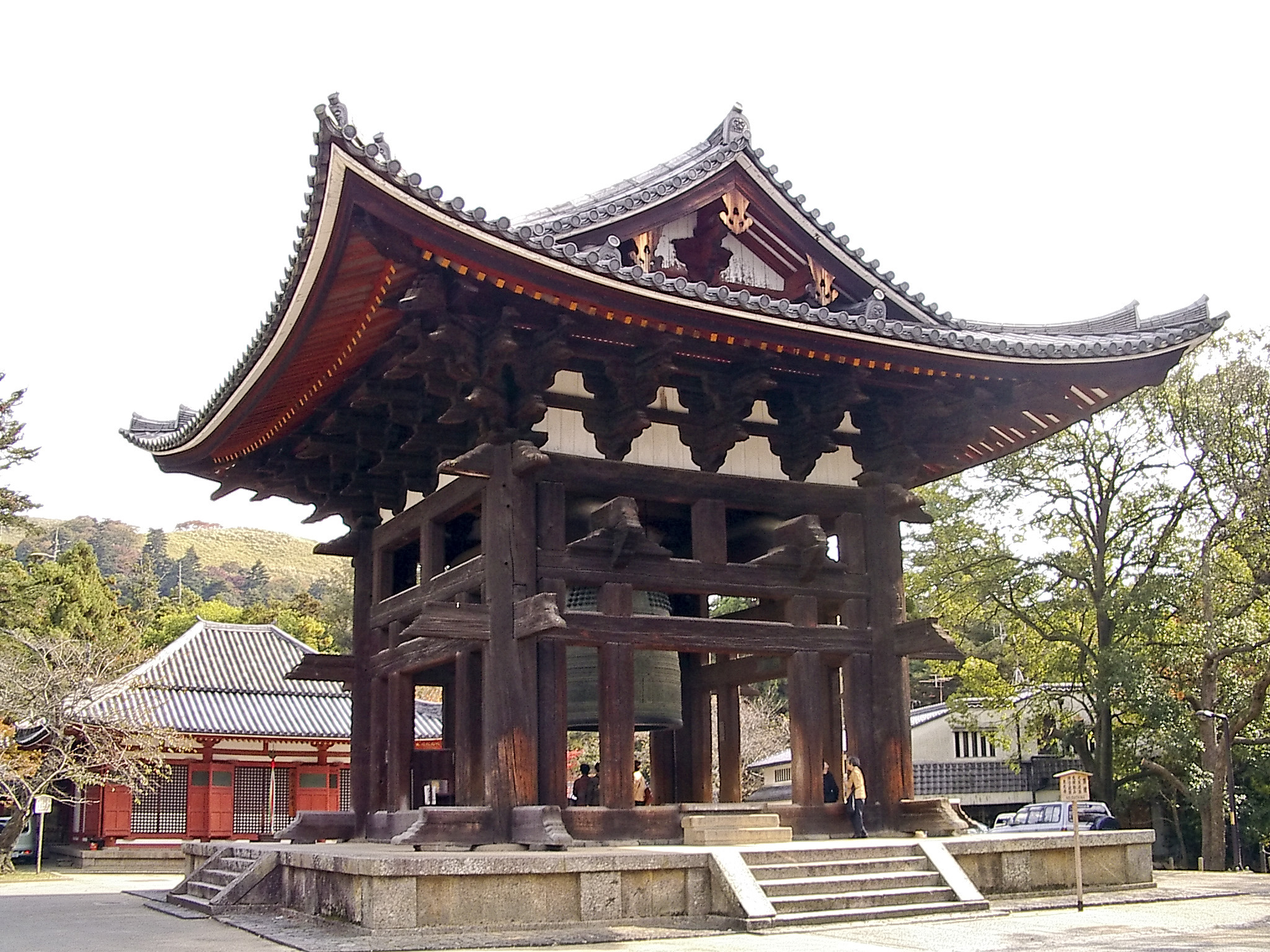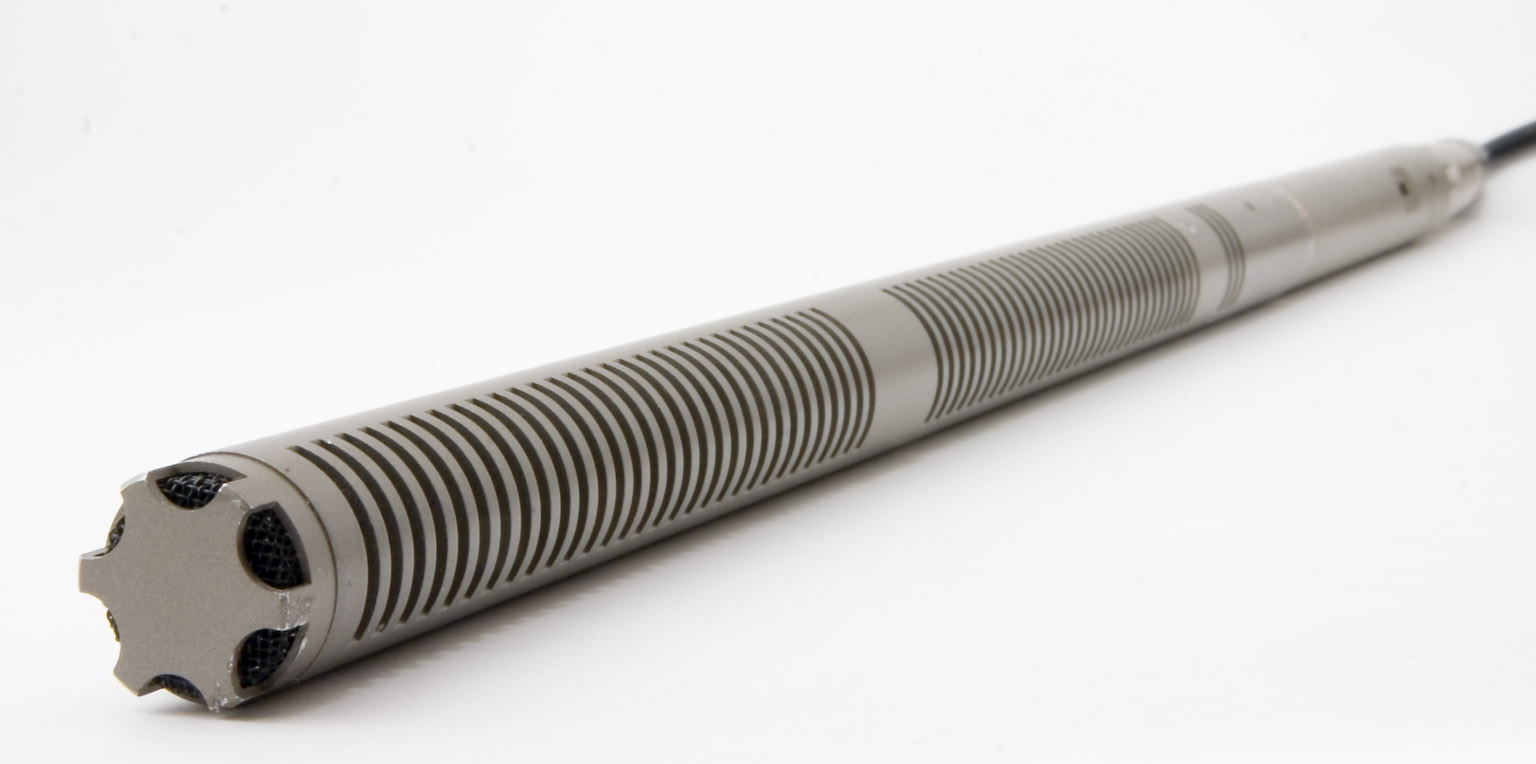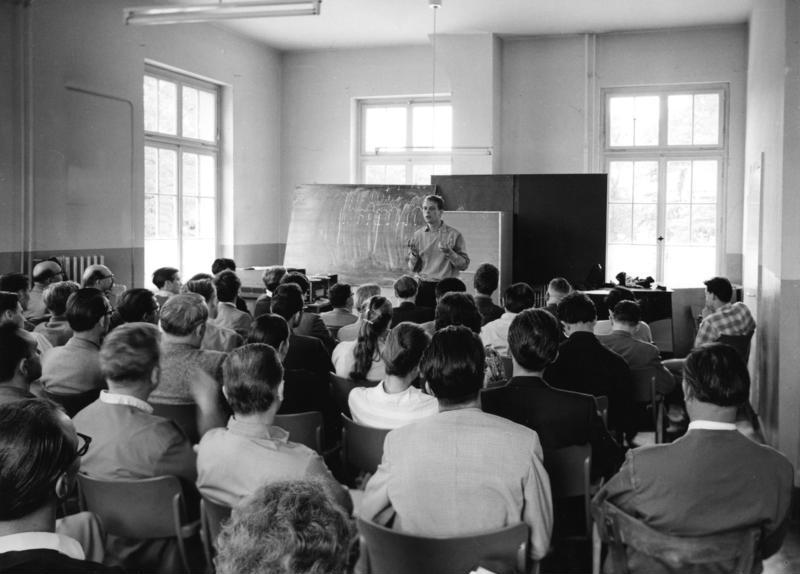|
Telemusik
''Telemusik'' is an electronic composition by Karlheinz Stockhausen, and is number 20 in his catalog of works. History Through his composition student, Makoto Shinohara, Stockhausen was invited by the Japan Broadcasting Corporation NHK to visit Tokyo, and to carry out two commissions in their electronic music studio, in connection with the 50th anniversary of the founding of NHK in 1965. Because of other commitments, Stockhausen was unable to meet this schedule but finally, under pressure from Tokyo, he flew to Japan on 19 January 1966. According to a note in the score, ''Telemusik'' was realized between January 23 and March 2, 1966 in the Studio for Electronic Music of the Japanese broadcasting system Nippon Hoso Kyokai (NHK), in collaboration with the director of the studio, Wataru Uenami and the studio technicians Hiroshi Shiotani, Shigeru Satô and Akira Honma. The score is dedicated to the Japanese people. The first public performance took place at the NHK studios in Tokyo on ... [...More Info...] [...Related Items...] OR: [Wikipedia] [Google] [Baidu] |
Karlheinz Stockhausen
Karlheinz Stockhausen (; 22 August 1928 – 5 December 2007) was a German composer, widely acknowledged by critics as one of the most important but also controversial composers of the 20th and early 21st centuries. He is known for his groundbreaking work in electronic music, for introducing controlled chance ( aleatory techniques) into serial composition, and for musical spatialization. He was educated at the Hochschule für Musik Köln and the University of Cologne, later studying with Olivier Messiaen in Paris and with Werner Meyer-Eppler at the University of Bonn. One of the leading figures of the Darmstadt School, his compositions and theories were and remain widely influential, not only on composers of art music, but also on jazz and popular music. His works, composed over a period of nearly sixty years, eschew traditional forms. In addition to electronic music—both with and without live performers—they range from miniatures for musical boxes through works for s ... [...More Info...] [...Related Items...] OR: [Wikipedia] [Google] [Baidu] |
Mikrophonie (Stockhausen)
''Mikrophonie'' is the title given by Karlheinz Stockhausen to two of his compositions, written in 1964 and 1965, in which "normally inaudible vibrations ... are made audible by an active process of sound detection (comparable to the auscultation of a body by a physician); the microphone is used actively as a musical instrument, in contrast to its former passive function of reproducing sounds as faithfully as possible". Together with Stockhausen's immediately preceding work ''Mixtur'', for five orchestra groups, four sine-wave generators, four ring modulators, they form a triptych of live-electronic works, where electronic transformations are accomplished during the performance (as opposed to studio-produced electronic music on tape). Similar to a group of three of the composer's works from the previous decade, ''Gruppen'', ''Zeitmaße'', and ''Gesang der Jünglinge'', there is one work each for orchestral, chamber, and vocal forces. Derivation of the term Stockhausen uses the t ... [...More Info...] [...Related Items...] OR: [Wikipedia] [Google] [Baidu] |
Solo (Stockhausen)
''Solo'' for a melody instrument with feedback is a work for a soloist with live electronics (four technician assistants) composed in 1965–66 by Karlheinz Stockhausen. It is Nr. 19 in his catalogue of works. Performance duration can vary from 10½ to 19 minutes. History ''Solo'' was first sketched in 1964 and is closely related to '' Plus-Minus'', ''Momente'', and '' Mikrophonie I''. It was composed in March and April 1966 on a commission from the Japanese broadcasting network Nippon Hoso Kyokai and was premiered in two different versions on 25 April 1966 in a public concert at the NHK in Tokyo which also featured the world premiere of Stockhausen's ''Telemusik''. The soloists were Yasusuke Hirata, trombone, and Ryū Noguchi, flute; the assisting technicians were Akira Honma, M. Nagano, Shigeru Satō, and the director of the NHK studio, Wataru Uenami. The score is dedicated to Alfred Schlee, the director of the Vienna branch of Universal Edition. For the Tokyo premiere, a special ... [...More Info...] [...Related Items...] OR: [Wikipedia] [Google] [Baidu] |
Moment Form
In music, moment form is defined as "a mosaic of moments", and, in turn, a moment is defined as a "self-contained (quasi-)independent section, set off from other sections by discontinuities". History and definition The concept of moment form, and the specific term, originated with the composition ''Kontakte'' (1958–60) by Karlheinz Stockhausen. A "moment", in Stockhausen's terminology, is any "formal unit in a particular composition that is recognizable by a personal and unmistakable character." It can be either an indivisible ''gestalt'', a structure with clear components, or a mixture of the two; and it can be static, or dynamic, or a combination of the two. "Depending on their characteristics, they can be as long or as short as you like". "Moment ''forming''", on the other hand, is a compositional approach in which a narrative overall line is deliberately avoided. The component moments in such a form are related by a nonlinear principle of proportions. If this system of propor ... [...More Info...] [...Related Items...] OR: [Wikipedia] [Google] [Baidu] |
Ring Modulation
In electronics, ring modulation is a signal processing function, an implementation of frequency mixing, in which two signals are combined to yield an output signal. One signal, called the carrier, is typically a sine wave or another simple waveform; the other signal is typically more complicated and is called the input or the modulator signal. A ring modulator is an electronic device for ring modulation. A ring modulator may be used in music synthesizers and as an effects unit. The name derives from the fact that the analog circuit of diodes originally used to implement this technique takes the shape of a ring: a diode ring. The circuit is similar to a bridge rectifier, except that instead of the diodes facing left or right, they face clockwise or counterclockwise. Ring modulation is quite similar to amplitude modulation, with the difference that in the latter the modulator is shifted to be positive before being multiplied with the carrier, while in the former the unshifted ... [...More Info...] [...Related Items...] OR: [Wikipedia] [Google] [Baidu] |
Mixtur
''Mixtur'', for orchestra, 4 sine-wave generators, and 4 ring modulators, is an orchestral composition by the German composer Karlheinz Stockhausen, written in 1964, and is Nr. 16 in his catalogue of works. It exists in three versions: the original version for full orchestra, a reduced scoring made in 1967 (Nr. 16), and a re-notated version of the reduced scoring, made in 2003 and titled ''Mixtur 2003'', Nr. 16. History ''Mixtur'' is one of the earliest compositions for orchestra with live electronics, and is amongst the first compositions using live-electronic techniques generally. The original version for large orchestra was premiered on 9 November 1965 at the Norddeutscher Rundfunk, Hamburg. The version for reduced orchestra was premiered in the large broadcasting hall of the Hessischer Rundfunk, Frankfurt am Main, as part of the Darmstädter Ferienkurse on 23 August 1967 by the Ensemble Hudba Dneska conducted by Ladislav Kupkovič, to whom this version is d ... [...More Info...] [...Related Items...] OR: [Wikipedia] [Google] [Baidu] |
Klavierstücke (Stockhausen)
The ''Klavierstücke'' (German for "Piano Pieces") constitute a series of nineteen compositions by German composer Karlheinz Stockhausen. Stockhausen has said the ''Klavierstücke'' "are my ''drawings''". Originating as a set of four small pieces composed between February and June 1952, Stockhausen later formulated a plan for a large cycle of 21 ''Klavierstücke'', in sets of 4 + 6 + 1 + 5 + 3 + 2 pieces. He composed the second set in 1954–55 (''VI'' was subsequently revised several times and ''IX'' and ''X'' were finished only in 1961), and the single ''Klavierstück XI'' in 1956. Beginning in 1979, he resumed composing ''Klavierstücke'' and finished eight more, but appears to have abandoned the plan for a set of 21 pieces. The pieces from ''XV'' onward are for the synthesizer or similar electronic instruments, which Stockhausen had come to regard as the natural successor to the piano. The dimensions vary considerably, from a duration of less than half a minute for ''Klavierst ... [...More Info...] [...Related Items...] OR: [Wikipedia] [Google] [Baidu] |
Robin Maconie
Robin John Maconie (born 22 October 1942) is a New Zealand composer, pianist, and writer. Born in Auckland, New Zealand, Maconie studied with Frederick Page and Roger Savage at the Victoria University of Wellington, receiving a Master of Arts in the History and Literature of Music in 1964. He studied analysis with Olivier Messiaen in 1963–64 at the Paris Conservatoire, and in 1964–65 studied composition for film and radio under Bernd Alois Zimmermann, and electronic music under Herbert Eimert at the Cologne Conservatory. He also studied composition with Karlheinz Stockhausen, Henri Pousseur, and Luc Ferrari at the Second Cologne Courses for New Music at the , also in Cologne, as well as piano with Aloys Kontarsky, conducting with Herbert Schernus, and information science with Georg Heike. Following a temporary lectureship at the University of Auckland, New Zealand, in 1967–69, Maconie emigrated to England to study for a Ph.D in the Psychology of Music at Southampton Univers ... [...More Info...] [...Related Items...] OR: [Wikipedia] [Google] [Baidu] |
Johannes Fritsch
Johannes Georg Fritsch (27 July 1941 – 29 April 2010) was a German composer. At the age of seven, Fritsch found a violin in the attic of his uncle's house in Bensheim-Auerbach, Germany, and began lessons with a village music teacher named Knapp. When he was ten, his family moved to Cologne, and he began studying with the principal violist in the Gürzenich Orchestra. He studied music, sociology, and philosophy from 1961 to 1965 at the University and the Staatliche Musikhochschule in Cologne with, amongst others, Bernd Alois Zimmermann and Gottfried Michael Koenig. In the following years he applied himself to the most varied musical activities. Amongst other things he played viola in the Stockhausen-Ensemble from 1964 to 1970, and took part in the German exhibition at Expo '70, the World's Fair in Osaka in 1970. Although he had begun to compose at the age of 17, Fritsch regards as his first real composition the ''Duett für Bratsche'' (Duet for Viola), for viola and tape, wh ... [...More Info...] [...Related Items...] OR: [Wikipedia] [Google] [Baidu] |
Christoph Von Blumröder
Christoph von Blumröder (born 18 July 1951) is a German musicologist. Career Born in Northeim, Blumröder studied musicology at the Albert-Ludwigs-Universität Freiburg in Breisgau with Hans Heinrich Eggebrecht, philosophy and history of the . After his doctorate in 1979, Blumröder was a research assistant at the ' (1972–2006). From 1980 Blumröder also taught at the university there, where he received his habilitation in 1990. After assistant professorships at the University of Bonn in the winter semester of 1991/92 and at the Saarland University in the summer semester of 1995, he accepted an appointment as professor for contemporary music at the Musicological Institute of the University of Cologne in the winter semester of 1996/97. There he founded the cycles of events ''Composition and Musicology in Dialogue'' (1997) and ''Space Music'' (1998) as well as the publication series ''Signale aus Köln. Beiträge zur Musik der Zeit'' and was elected chairman of the associatio ... [...More Info...] [...Related Items...] OR: [Wikipedia] [Google] [Baidu] |





